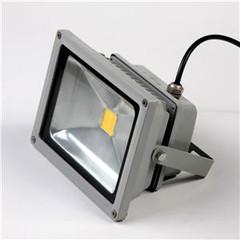LED or the light emitting diodes belong to the family of lighting technology popularly known as solid state lighting that is quite different from other types of lighting. Here electricity is converted to light using a semi conductor material rather than a filament, gas or arc.

As against the traditional lighting technology, LED lights offer a number of benefits
· Lower energy consumption
· Longer life
· Less radiated heat
· Greater durability.
· Greater versatility.
By replacing the traditional incandescent bulbs, you can save up to a whooping 80-85% on cost of lighting and can even help in environment saving by reducing carbon footprint. This is because LEDs are more efficient. Around 90% of the energy consumed by incandescent bulbs is radiated in heat. On the contrary less than 10% of energy in Led is radiated in heat.
The semi conductor in the LED degrades at a much slower rate than a filament. The longevity of LED bulbs is therefore much longer in comparison to fluorescent lamp and halogen bulbs. There also don’t fail abruptly as other bulbs do. Instead they fade away slowly with time and will continue working even at low light output.
After a halogen bulb has been on for a while, it becomes too hot to touch. But this isn’t the case with LEDs. Even after prolonged use, these bulbs can still be handled safely. Apart from that, being solid state components, LEDs are more resilient to shocks and vibrations. A couple of decades ago, LED’s were only used in electronic appliances as indicators but today these are used in cars, torches, televisions, photography and general purpose lighting.
LED lighting is therefore a far better option compared to traditional lighting options.

